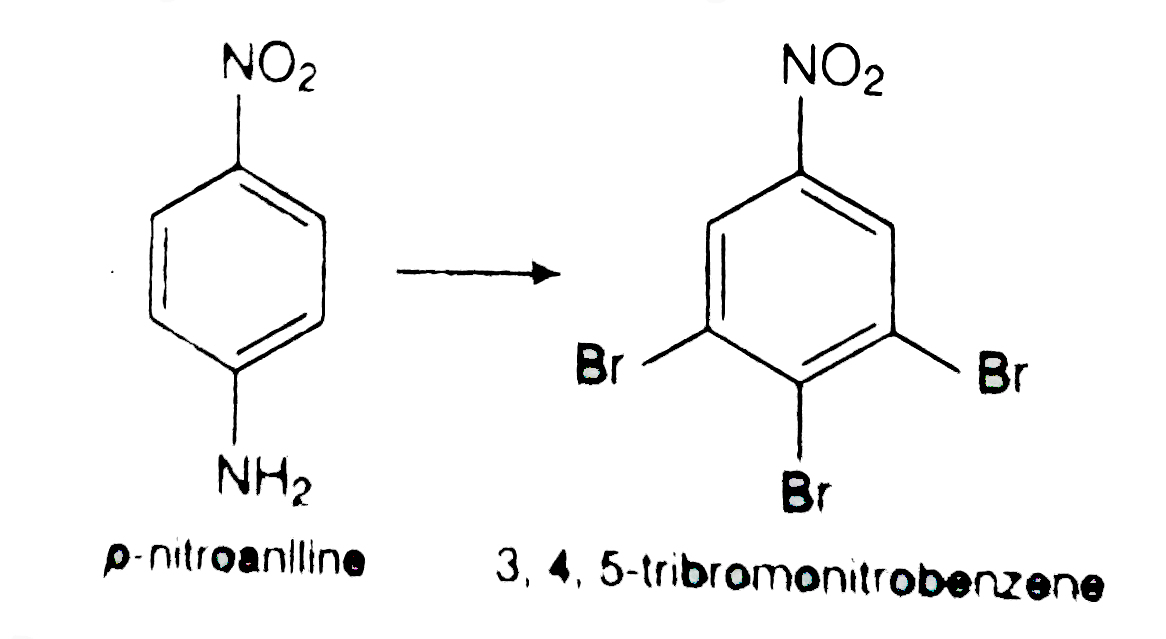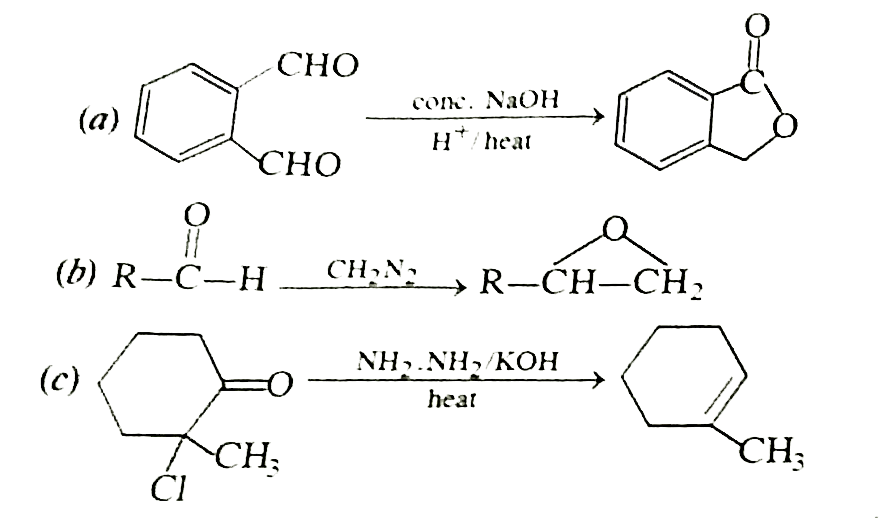How will you bring about the following conversions :
Acetylene to acetic acid
To convert acetylene (C2H2) to acetic acid (CH3COOH), we can follow these steps:
Step 1: Hydration of Acetylene
- Reaction: Acetylene (C2H2) reacts with mercuric sulfate (HgSO4) in the presence of sulfuric acid (H2SO4).
- Equation:
C2H2+HgSO4+H2SO4→CH2=CH(OH) (enol form)
- Product: This reaction leads to the formation of an enol, specifically vinyl alcohol (CH2=CHOH).
Step 2: Tautomerization
- Process: The enol form (vinyl alcohol) undergoes tautomerization to form an aldehyde.
- Equation:
CH2=CHOH⇌CH3CHO (acetaldehyde)
- Product: The product of this tautomerization is acetaldehyde (CH3CHO).
Step 3: Oxidation of Acetaldehyde
- Reaction: Acetaldehyde (CH3CHO) is then oxidized using potassium dichromate (K2Cr2O7), which is a strong oxidizing agent.
- Equation:
CH3CHO+(O)→CH3COOH
- Product: The oxidation of acetaldehyde results in the formation of acetic acid (CH3COOH).
Final Summary of the Conversion:
1. Acetylene (C2H2) reacts with HgSO4 and H2SO4 to form vinyl alcohol (CH2=CHOH).
2. Vinyl alcohol undergoes tautomerization to form acetaldehyde (CH3CHO).
3. Acetaldehyde is oxidized to form acetic acid (CH3COOH).
---
- Reaction: Acetylene (C2H2) reacts with mercuric sulfate (HgSO4) in the presence of sulfuric acid (H2SO4).
- Equation:
C2H2+HgSO4+H2SO4→CH2=CH(OH) (enol form)
- Product: This reaction leads to the formation of an enol, specifically vinyl alcohol (CH2=CHOH).
- Process: The enol form (vinyl alcohol) undergoes tautomerization to form an aldehyde.
- Equation:
CH2=CHOH⇌CH3CHO (acetaldehyde)
- Product: The product of this tautomerization is acetaldehyde (CH3CHO).
- Reaction: Acetaldehyde (CH3CHO) is then oxidized using potassium dichromate (K2Cr2O7), which is a strong oxidizing agent.
- Equation:
CH3CHO+(O)→CH3COOH
- Product: The oxidation of acetaldehyde results in the formation of acetic acid (CH3COOH).
1. Acetylene (C2H2) reacts with HgSO4 and H2SO4 to form vinyl alcohol (CH2=CHOH).
2. Vinyl alcohol undergoes tautomerization to form acetaldehyde (CH3CHO).
3. Acetaldehyde is oxidized to form acetic acid (CH3COOH).
Topper's Solved these Questions
- ALDEHYDES, KETONES AND CARBOXYLIC ACIDSBOOK - ICSECHAPTER - ALDEHYDES, KETONES AND CARBOXYLIC ACIDSEXERCISE - ISC EXAMINATION QUESTIONS (PART-II DESCRIPTIVE QUESTIONS) (CARBOXYLIC ACIDS)
99 Videos
- ALCOHOLS, PHENOLS AND ETHERS BOOK - ICSECHAPTER - ALCOHOLS, PHENOLS AND ETHERS EXERCISE - ISC EXAMINATION QUESTIONS
25 Videos
- APPENDIX II ( TYPICAL CONVERSIONS)BOOK - ICSECHAPTER - APPENDIX II ( TYPICAL CONVERSIONS)EXERCISE - AROMATIC CONVERSIONS
98 Videos
Similar Questions
How will you bring out the following conversion?

View SolutionHow will you bring about the following changes :

View SolutionConversion of Acetylene into acetic acid
View SolutionHow will you bring about the following conversion : acetaldehyde to acetamide ?
View SolutionConversion of Acetylene to Lactic acid
View SolutionHow will you bring out the following conversions ?
Ethyne to methane
View SolutionHow will you bring out the following conversions ?
Ethene to ethyne
View SolutionHow will you bring out the following conversions ?
Ethyne to ethane
View SolutionHow will you bring about the following conversions ?
Aniline to sulfanilic acid
View SolutionHow will you bring about the following conversion :
(i) Acetone to phorone
View Solution
